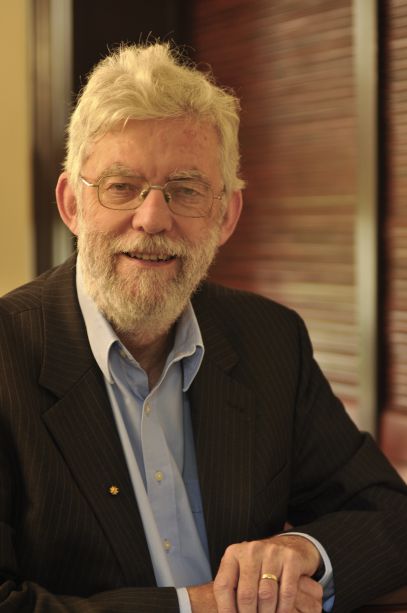
BSc (Aberdeen), PhD
The underlying thread that runs through much of my research is the relationship between evolution and development, with particular reference to the fossil record, especially in Western Australia. Recent projects include: the role of developmental change in macroevolution, with particular emphasis on heterochrony in dinosaur evolution and the evolution of patterns of segmentation in trilobites; analysis of patterns of evolution and extinction in trilobites before and after the Late Devonian mass extinction event, 370 million years ago; studies of the early colonisation of land and the establishment of the earliest terrestrial ecosystem using trace fossils from 430 million year old sandstones in Western Australia; climatic implications of preservation of plants in 40 million year old silcretes in southwestern Australia; biotic responses to mass extinctions in Late Cretaceous serpulid worms, with particular emphasis on phenotypic variation as an indicator of environmental stress; middle Eocene echinoids from Western Australia; the occurrence of fossil echinoids in archaeological sites in Jordan.
I have recently written a book, Dragons’ Teeth and Thunderstones: the Quest for the Meaning of Fossils, to be published by Reaktion Books in 2020. I am currently working on a book on the founder of the Sedgwick Museum, Dr John Woodward (1667-1728).
McNamara, K.J. (2010). Prehistoric Mammals of Western Australia. W.A. Museum, Perth, 107pp. ISBN 9781920843540.
McNamara, K.J. (2010). The Star-Crossed Stone. University of Chicago Press, Chicago, 272pp.
McNamara, K.J. & Tuura, M. (2011). Evidence for segment polarity during regeneration in the Devonian asteropygine trilobite Greenops widderensis. Journal of Paleontology 85: 106-110.
McNamara, K.J. & Long, J.A. (2012). The role of heterochrony in dinosaur evolution. In M. Brett-Surman, T. R. Holtz & J.O. Farlow (eds), The Complete Dinosaur, pp. 761-784, Indiana University Press, Bloomington.
McNamara, K.J. (2012). Heterochrony: the evolution of development. Evolution: Education and Outreach 5: 203-218.
Feist, R. & McNamara, K.J. (2013). Patterns of evolution and extinction in proetid trilobites during the Late Devonian mass extinction event, Canning Basin, Western Australia. Palaeontology 56: 229-259.
McNamara, K.J. (2014). Early Paleozoic colonisation of the land – evidence from the Tumblagooda Sandstone, Southern Carnarvon Basin, Western Australia. Journal of the Royal Society of Western Australia 97: 111-132.
McNamara, K.J. & Feist, R. (2016). The effect of environmental changes on the evolution and extinction of Late Devonian trilobites from the northern Canning Basin, Western Australia. In Becker, R.T., Königshof, P. & Brett, C.E. (eds) Devonian climate, sea-level and evolutionary events. Geological Society of London, Special Publications 423, http://dx.doi.org/10.1144/SP423.5.
McNamara, K.J., Pawson, D.L., Miskelly, A.D. & Byrne, M. (2017). Class Echinoidea. In T. O’Hara & M. Byrne (eds). Australian Echinoderms: Biology, Ecology and Evolution. pp. 352-447. ABRS/CSIRO, Canberra.
Hunter, A. & McNamara, K.J. (2018). Prolonged co-existence of 'Archaic' and 'Modern' Palaeozoic ophiuroids – evidence from the Early Permian, Southern Carnarvon Basin, Western Australia. Journal of Systematic Palaeontology 16: 891-907. https://doi.org/10.1080/14772019.2017.1353549
Edwards, P.C., Major, J., McNamara, K.J. & Tobertson, R. (2019). The natural inspiration for Natufian art: cases from Wadi Hammeh 27, Jordan. Cambridge Archaeological Journal 29: 607-624. https://doi.org/10.1017/S0959774319000234
